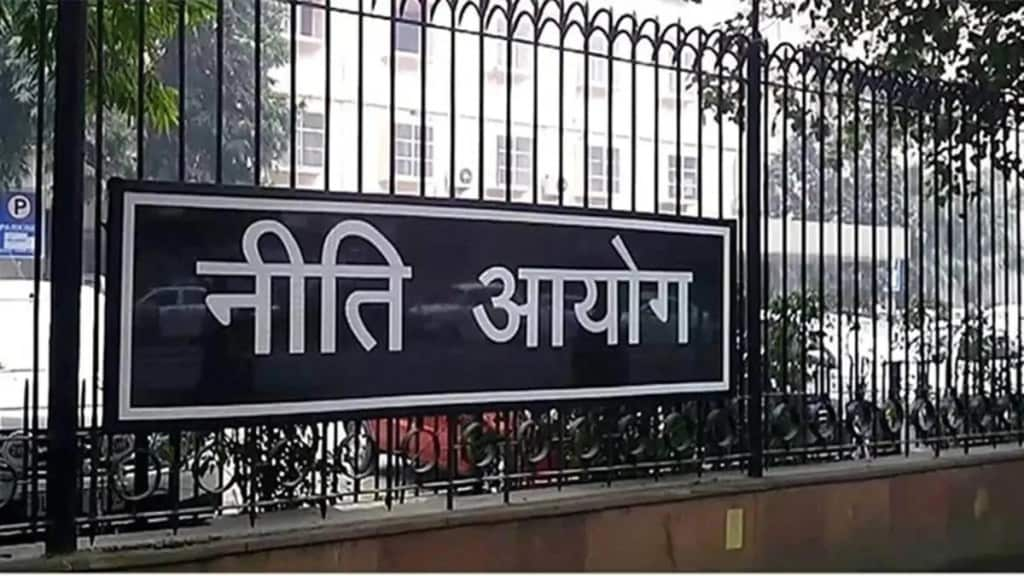Uttarakhand and Kerala have claimed the top spots among Indian states in NITI Aayog’s SDG India Index for 2023-24, which evaluates sustainable development progress based on the United Nations’ Sustainable Development Goals. India’s overall SDG score has improved to 71 points in 2023-24 from 66 points in 2020-21, bolstered by advancements in poverty reduction, economic growth, and climate action.
The index, which assesses achievements across 16 goals on a scale of 1 to 100, awarded Kerala and Uttarakhand the highest scores of 79 points each. Bihar ranked lowest with 57 points, followed by Jharkhand at 62 points.
Compared to the 2020-21 scores, Punjab, Manipur, West Bengal, and Assam recorded notable increases, with gains of 8 points each, achieving scores of 76, 72, 70, and 65 points respectively.
Targeted intervention by the government has helped India achieve significant improvements across 16 goals set under the SDGs,” NITI Aayog CEO BVR Subrahmanyam said after releasing the report.
The Sustainable Development Goals (SDGs), established by the United Nations, form a comprehensive framework aimed at achieving global targets by 2030. This fourth edition of the SDG India Index evaluates state performance using 113 indicators. The report underscores targeted governmental interventions as pivotal in driving India’s advancements towards meeting these international benchmarks.
Key highlights from the SDG report:
-The composite score for India has risen from 57 in 2018 to 66 in 2020-21 and further to 71 in 2023-24.
-States’ scores range from 57 to 79, and UTs score between 65 and 77, showing improvement from the 2020-21 scores (52 to 75 for States and 62 to 79 for UTs).
-All States show increased composite scores, with improvements ranging from 1 to 8 points. Assam, Manipur, Punjab, West Bengal, and Jammu and Kashmir lead in score improvements, each achieving an increase of 8 points since 2020-21.
-The number of States/UTs achieving Front Runner status has increased to 32, up from 22 in 2020-21. Ten new entrants include Arunachal Pradesh, Assam, Chhattisgarh, and others. States/UTs like Madhya Pradesh, Odisha, Rajasthan, Uttar Pradesh, and Dadra and Nagar Haveli and Daman and Diu are among those newly classified as Front Runners.
-Significant strides have been made in Goals 1 (No Poverty), 8 (Decent Work and Economic Growth), and 13 (Climate Action), placing them in the ‘Front Runner’ category with scores ranging from 65 to 99.
-Goal 13 (Climate Action) showed notable improvement, with its score increasing from 54 to 67, while Goal 1 (No Poverty) rose significantly from 60 to 72.
-Key progress areas since 2018 include Goals 1, 3 (Good Health and Well-being), 6 (Clean Water and Sanitation), 7 (Affordable and Clean Energy), 9 (Industry, Innovation and Infrastructure), and 11 (Sustainable Cities and Communities).
-Government initiatives focused on food and nutrition security, health, education, electrification, housing, sanitation, and clean energy have been pivotal in driving these improvements.
On Goal 1 – No Poverty – the report said that it improved by 12 points from 2020-21 (Index 3) to 2023-24 (Index 4), advancing from Performer to Front Runner category. The report pointed out that multidimensional poverty nearly halved from 24.8% to 14.96% between 2015-16 and 2019-21. Multidimensional poverty for 2022-23 further likely dropped to 11.28%, with 24.8 crore people moving out of multidimensional poverty between 2013-14 and 2022-23, it said.
At least 99.7% were offered employment of the persons demanding employment under MGNREGA in 2023–2024, and 95.4% households live in pucca/ semi-pucca houses as per NFHS-5 (2019-21).
On Goal 3 – Good health and well-being – the report said that the overall score improved substantially from 52 in 2018 to 77 in 2023-24. About 93.23% children aged 9-11 months are fully immunized, it said.
On Quality Education, which is Goal 3, the report said that Adjusted Net Enrolment Rate (ANER) for elementary education is 96.5% for 2021-22, up from 87.26% in 2018-19, with 14 States and UTs achieving 100%. There is 100 per cent parity between females and males in Higher Education (18-23 years), it said.
On SDG 8, which is industry, innovation and industry, it said that there has been an improvement in score from 41 in 2018 to 61 in 2023-24. At least 99.70% of all targeted habitations are now connected with all-weather roads under Pradhan Mantri Gram Sadak Yojana, an improvement from 47.38% in 2017-18, it said.


